They need not, narrowband FM occupies the same bandwidth as AM, for the same audio bandwidth. Transmitted AM bandwidth is fixed at twice the audio bandwidth.
However, wide deviation FM provides signal to noise ratio improvements above that which is possible for AM. It also provides the so-called capture effect, whereby a weak station near to a stronger wanted one is not heard at all, not just merely heard weaker. It's therefore worth increasing the deviation and so transmitted bandwidth of FM to get higher quality (read higher advertising revenue).
The original AM broadcast band is quite narrow and doesn't have the space for wideband FM channels, so FM broadcasting is done at a much higher carrier frequency.
